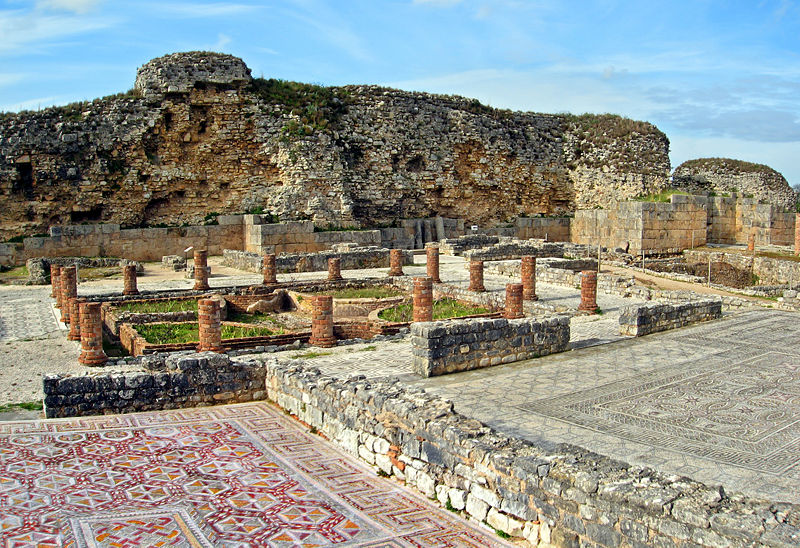
The former Roman city of Conímbriga is one of the richest archaeological sites in Portugal.
ConÍmbriga, one of the richest archaeological sites in Portugal, was originally a Celtic castro of the Conii tribe in the late Iron Age. After 139 BC it was occupied by the Romans, and the inhabitants were totally Romanised. The town achieved its splendour under Emperor Augustus in the 2nd century AD, when the public baths and a forum were built, a reconstitution of which can be seen in the museum.
With the decline of the Roman Empire in the late 4th century, a monumental defensive wall was built. This did not prevent the town from being attacked by the Swabians in 468 AD, and the consequent decline of Conimbriga. The town was deserted, and the remaining residents moved further north to Condeixa-a-Velha.
The major excavations during the 20th century revealed a rich and complex group of buildings, including baths, an aqueduct – running for more than 3,400 metres from the spring – and the remains of a Christian basilica that probably dates back to the 6th century.
The visitor is sure to be struck by the noble houses, which still retain their magnificent multicoloured mosaic floors. Particularly remarkable are the House of Cantaber, a typical 3rd-century residence, and one of the largest in the whole of the western Roman world, and the Casa dos Repuxos (House of Fountains), with its 569 m2 of mosaic floor, illustrated with scenes from mythology and daily life, whose central peristyle with ornamental flower beds and water jets make it unique.